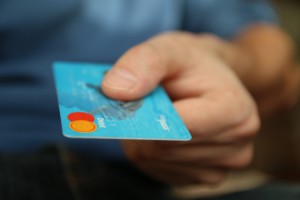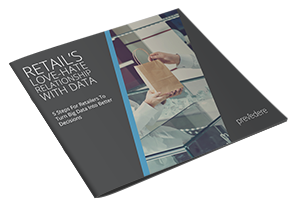Last Updated: February 25, 2022
Consumer goods and retail marketers spend a lot of time, money and effort on the four “P”s: product, price, place, and promotion. However, no matter how refined a product is or how much testing is done before launching a promotion, the four “P”s cannot help companies accurately anticipate consumer behavior. Without being able to accurately predict consumer behavior, it becomes challenging to pinpoint forecast demand.
The solution is to consider a wider variety of external factors that potentially can affect a company’s performance in addition to the four “P”s. Brands can further benefit from integrating the three “A”s of consumer behavior, for a holistic view of their customers.
Predicting Consumer Behavior
1. Affinity
Consumers’ likelihood to purchase certainly stems from their trust of an affinity toward a brand and its products. The four “P”s can all be classified as affinity building, and maintenance strategies and manufacturers and retailers spend the vast majority of their efforts here getting the product just right, optimizing marketing, obtaining feedback and then starting the cycle over again. Consumers’ reactions to packaging, store experiences, websites, advertising and more all go into the building and maintaining affinity, and its impact on consumer behavior can be significant.
2. Ability

Yet despite all of the efforts toward affinity, people will not buy unless they have the means to do so no matter how much they love a product or brand. Prevedere’s 5 Steps for Retailers to Turn Big Data into Better Decisions playbook details the top 10 external factors that serve as leading indicators of the retail industry’s performance. Two of these factors surround consumers’ ability to spend: average hourly earnings and average weekly hours worked.
Not surprisingly, the more a consumer works and earns, the more they can spend on non-essential items such as TVs, video games, and handbags. Ability measures employment, earnings, and costs consumers incur that affect discretionary spending to determine actual capacity to buy.
3. Attitude
Finally, even if people have an affinity for a product/brand and the ability to buy, they still may not make a purchase. Attitudinal factors, including personal, financial, social, economic and even political confidence, also play a large role in consumer behavior.
For example, the personal savings rate is a third leading indicator (as discussed in more detail in the retail playbook), that reflects the health of the retail industry. Its impact is not as black and white as the previous two indicators discussed. In actuality, if consumers are saving more, they are typically not confident about their personal financial situation or not optimistic about the economy, meaning as personal savings rate rises, likelihood to purchase usually declines.
Consumer sentiment, which measures short and long-term feelings about economic health, is another strong indicator for predicting consumer behavior and purchase attitude.
***
By considering the three “A”s brands give themselves a complete view of consumer behavior. Analyzing these factors will help retailers and manufacturers gain a clear understanding of future performance. Armed with this knowledge, marketers can approach the four “P”s more strategically, and brands can confidently plan for what lies ahead. Learn more about how marketers and executives can build an organization focused on future state management, instead of only looking at past performance, here.
Additional Resources

Learn how Kraft Heinz overcame COVID and Consumer Shifts

For an in-depth discussion of the five-steps to turn big data into better decisions, including a list of the primary leading indicators affecting the retail industry, download Prevedere’s retail analytics playbook here.